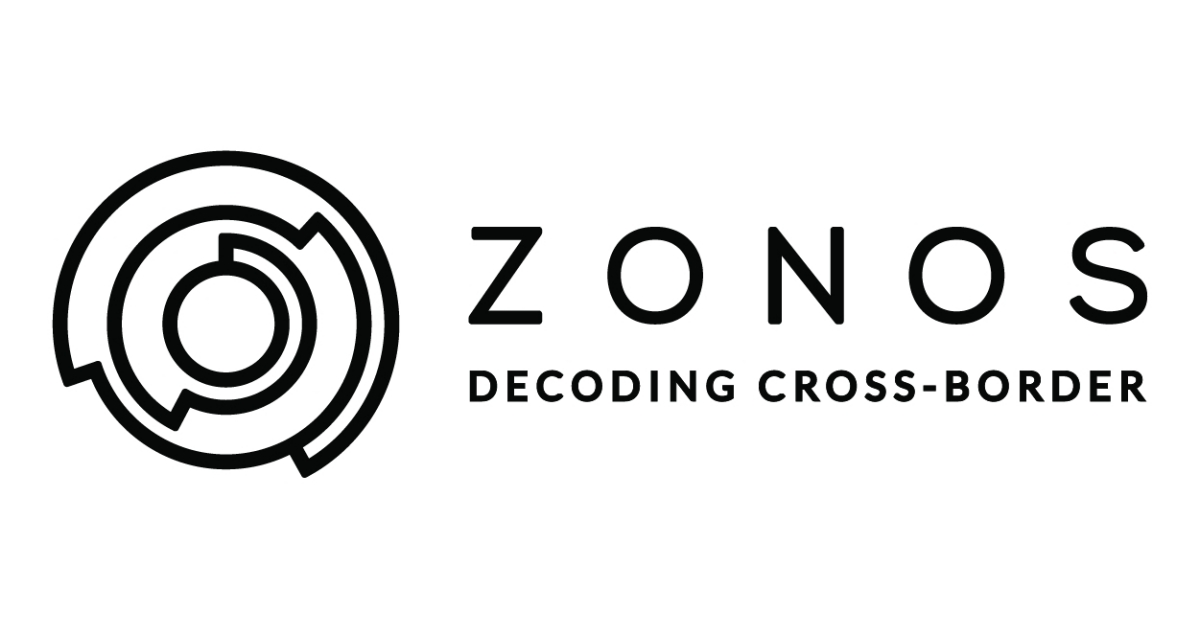
What is a SaaS MVP? So, you have a great idea for a new SaaS product. Now, how can you turn your vision into something real?
Here’s a hint: don’t rush to build your product. Before you invest time and money into launching a complex SaaS app that’s as perfect as you can muster…stop! For SaaS startups in particular, it’s crucial to validate your product idea before investing too much time and energy into creating it. This requires producing a simplified version of your product, also called a minimum viable product (MVP), and getting it to potential customers as soon as possible.
Opening two-way lines of communication with your target market about your product idea will:
- Confirm or dismiss a need for your product and
- Identify which product features to hone and which to pivot away from.
In other words, do you have potential customers and what most interests them about your product?
By shifting your energy from trying to build a great product to instead trying to determine how to best gather information about the viability of your product idea, you will greatly improve your chances of success. Here are the basics steps to create a successful SaaS MVP.
Start with a landing page
Build a page that explains your product idea, making it as simple as possible and including a submission form to generate leads from potential customers. A landing page about your product is a starting point for the conversation around your MVP and once you have a list of emails, it’s time to communicate with your potential customers. Ask your buyers about their interest in your product, how they plan to use it, and what their needs are. The more that you know about how your product will be used by real people, the smoother your product development will go.
Present the problem and solution as effectively as possible.
Consider Dropbox, which was swimming in pre-orders from customers before it had a real product available. Dropbox generated interest in its service by creating a 3-minute explainer video prior to launch that demonstrated its features and use cases, ballooning signups from 5,000 people to 75,000 overnight. Their video was, in essence, a short-form version of their product that explained their service well enough to sufficiently test their value hypothesis. In the case of Dropbox, this meant demonstrating that users faced a file sync problem that their product could solve.
Forget complex automation and provide your service manually.
A concierge MVP takes all of the high-tech automation out of the equation and replaces them with you and your team. Rather than building a smooth, seamless program that delivers your service automatically, you create a pretty front for users and deliver your service manually. A concierge MVP is sometimes also called a Wizard of Oz MVP, coined such because although everything seemingly appears to function automatically to users, functions are actually manual on the back end.
Groupon started as a concierge MVP that became wildly successful. In its early days, deals were manually posted daily to a customized WordPress blog. When a customer purchased a particular deal, Groupon’s team generated a PDF document and emailed it using Apple Mail. In other words, the early version of Groupon wasn’t a streamlined app at all, but instead a combination of WordPress, Apple Mail and an AppleScript that staff used to generate and deliver PDFs. The Groupon that we know today is much more complex and sophisticated, of course, but the team only built that functionality once they had tested their product and knew there was a market for it.
There’s more than one way to simplify your SaaS idea as an MVP depending on the product or service idea that you’d like to test. But, remember, don’t make your MVP too daunting. An MVP is not intended to be a perfect or polished sampling of your SaaS idea; its purpose should be to test your idea with real and potential customers in order to accomplish validated learning with minimal resources.
Your loop for customer feedback doesn’t have to be a mile long with a finessed product for customers to take or leave. Instead, the shorter the feedback loop, the better. So, if your MVP for a SaaS sounds too complicated or time-consuming to create, then it probably is.
Questions? Contact us!








